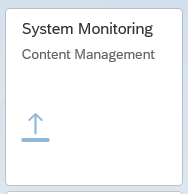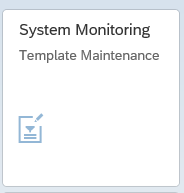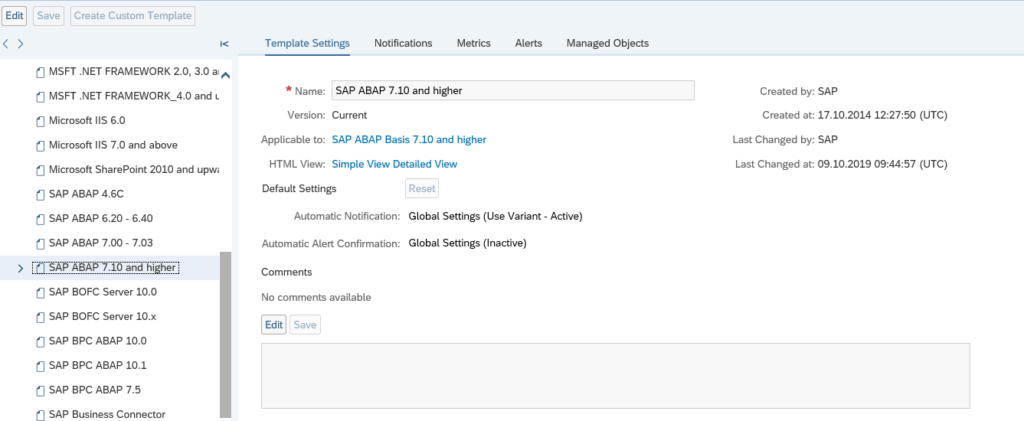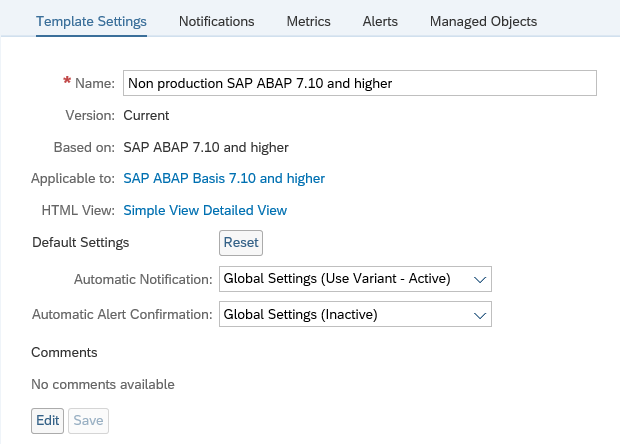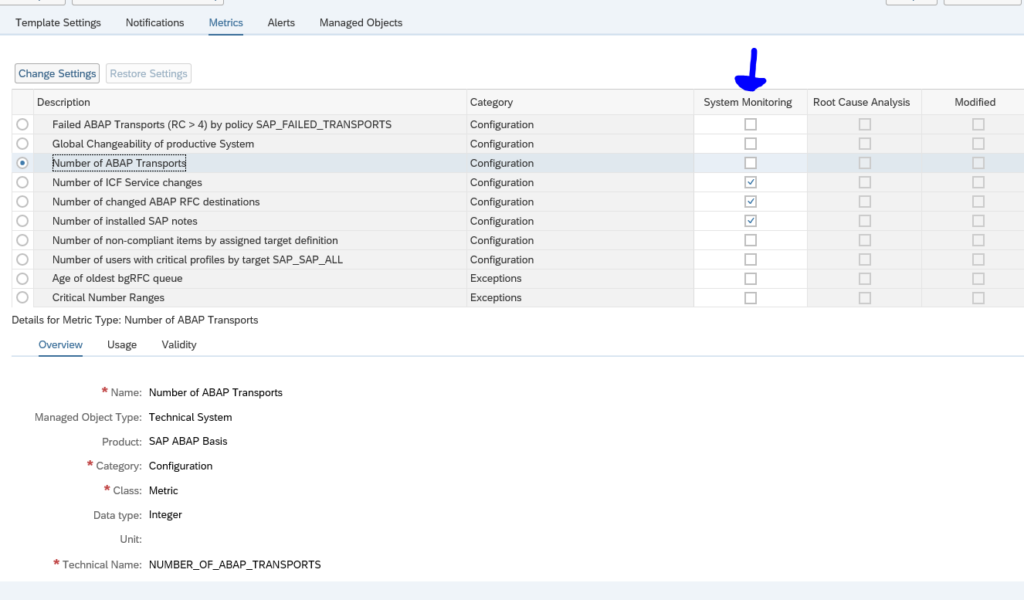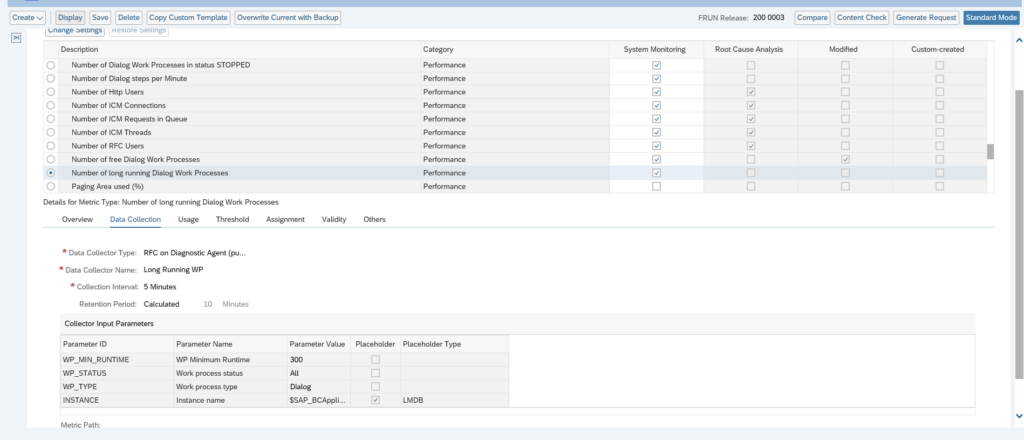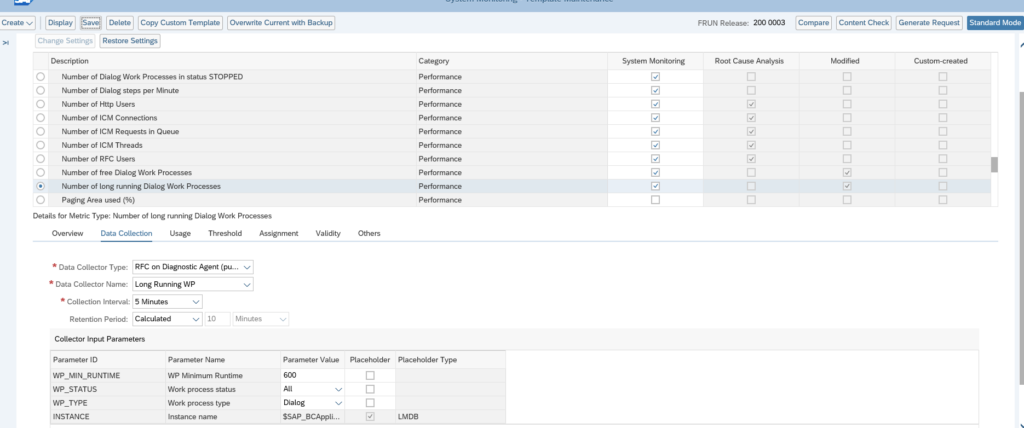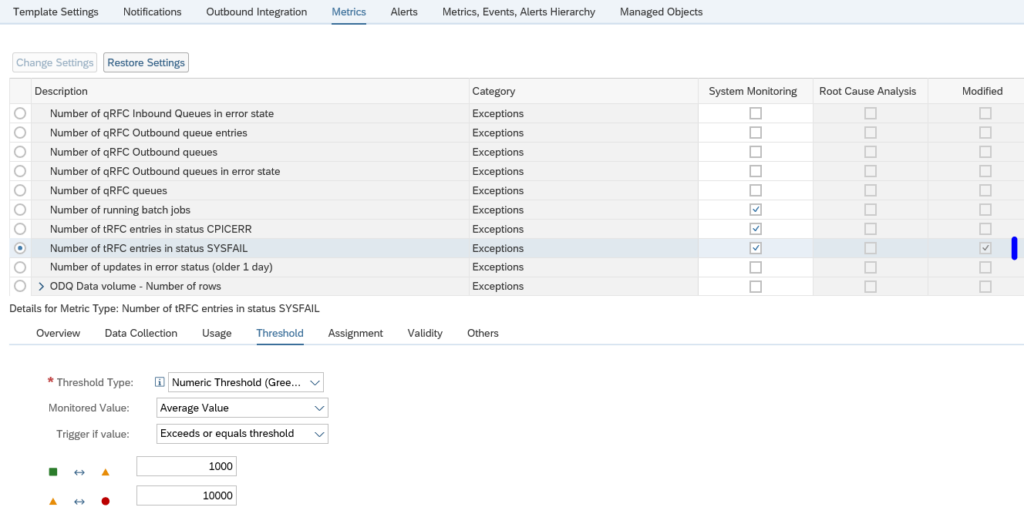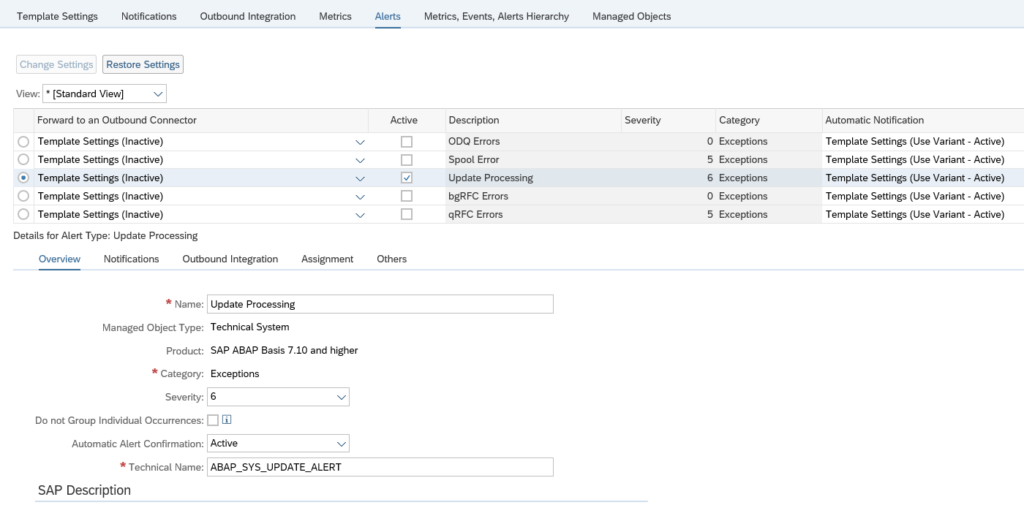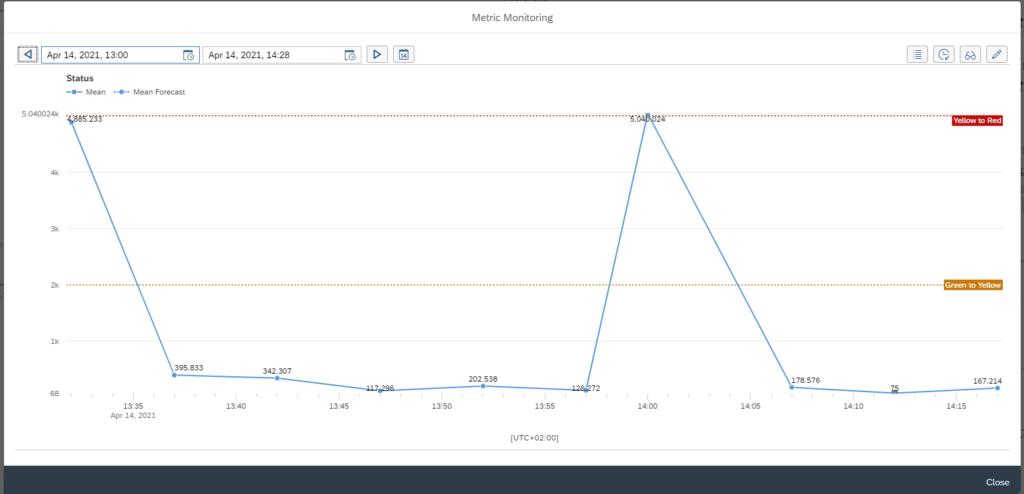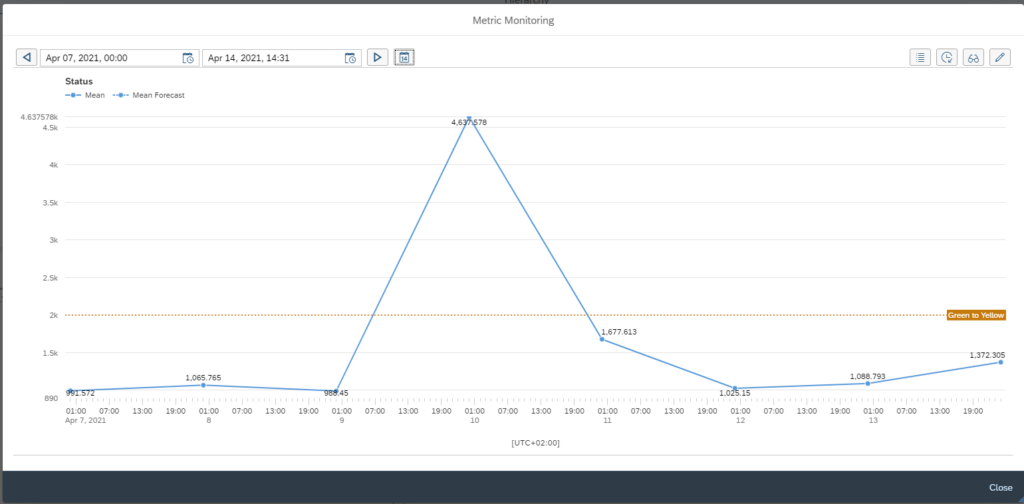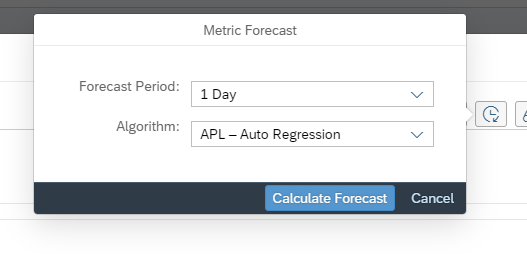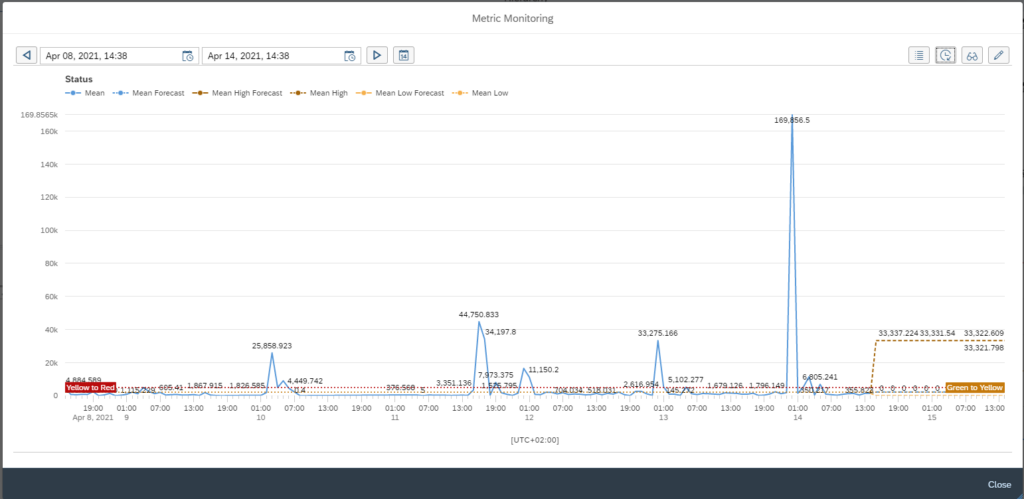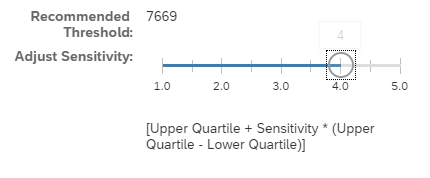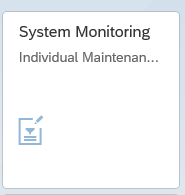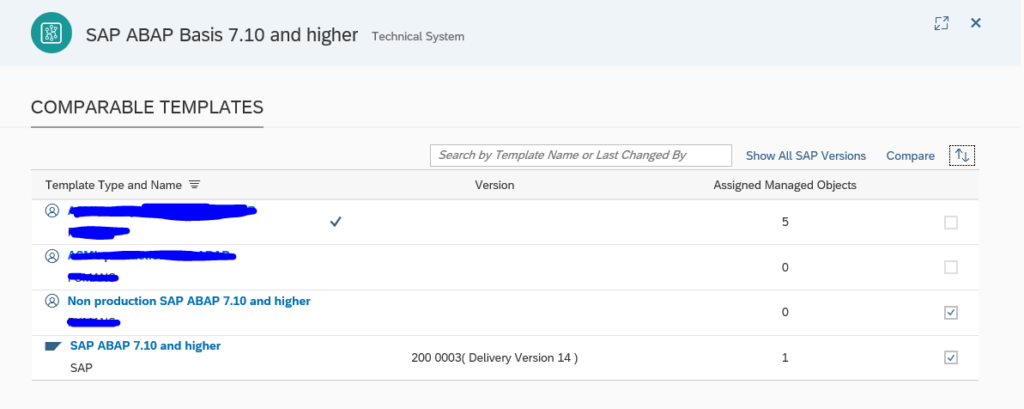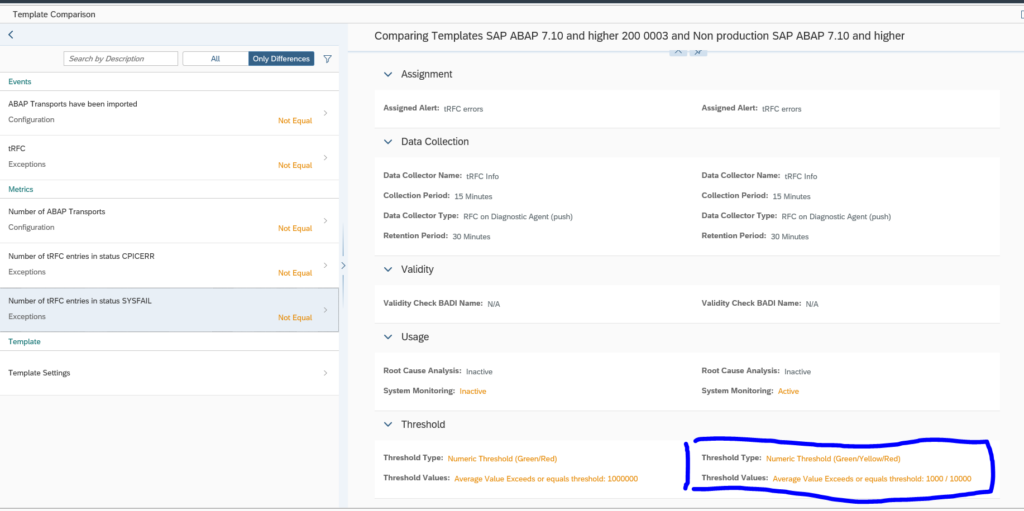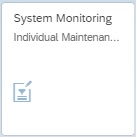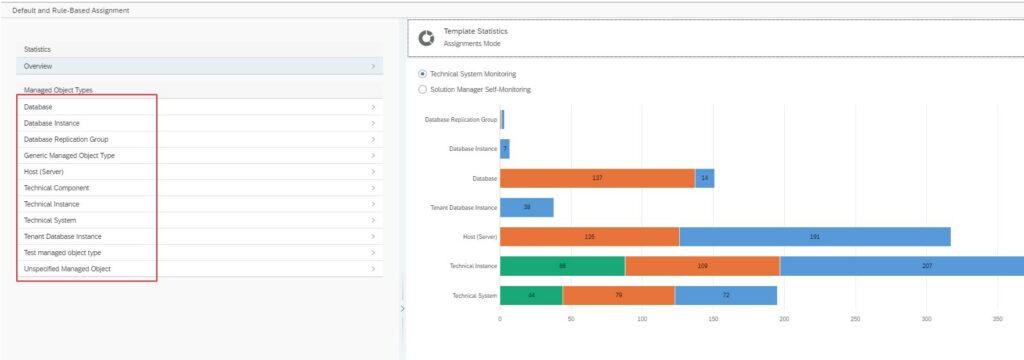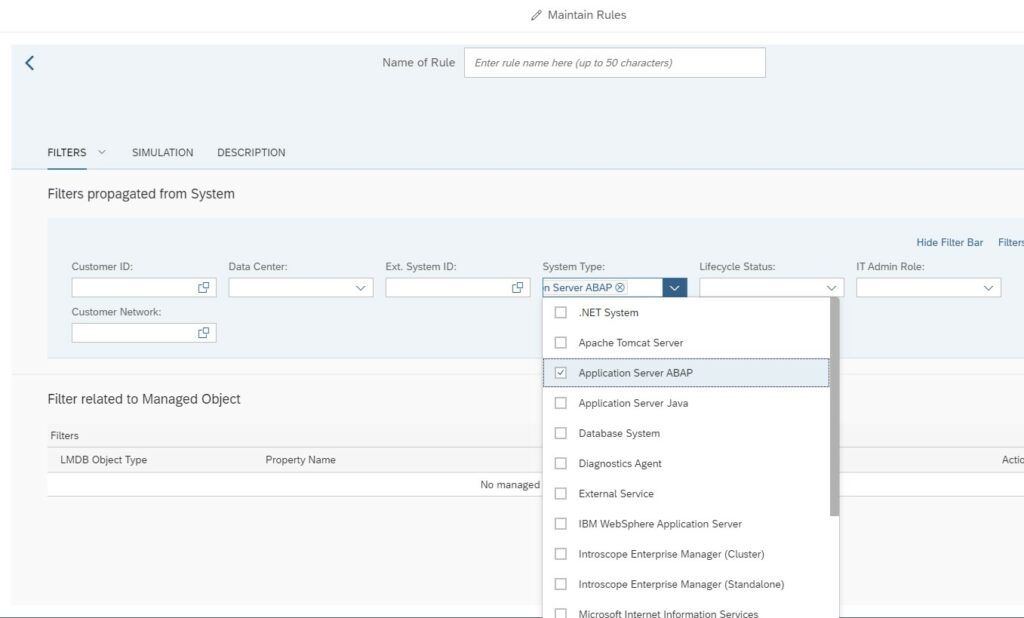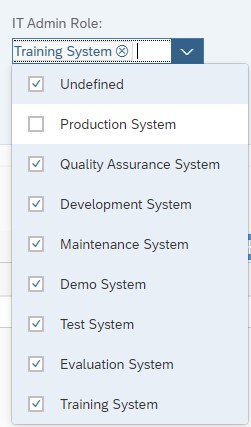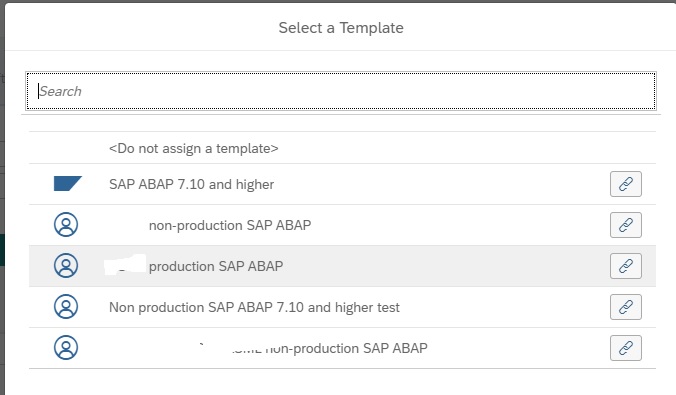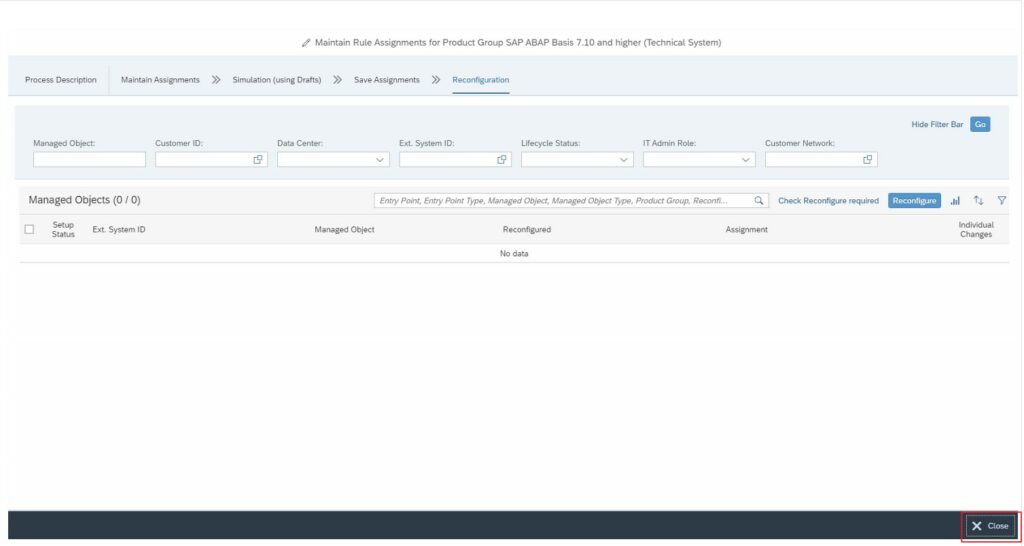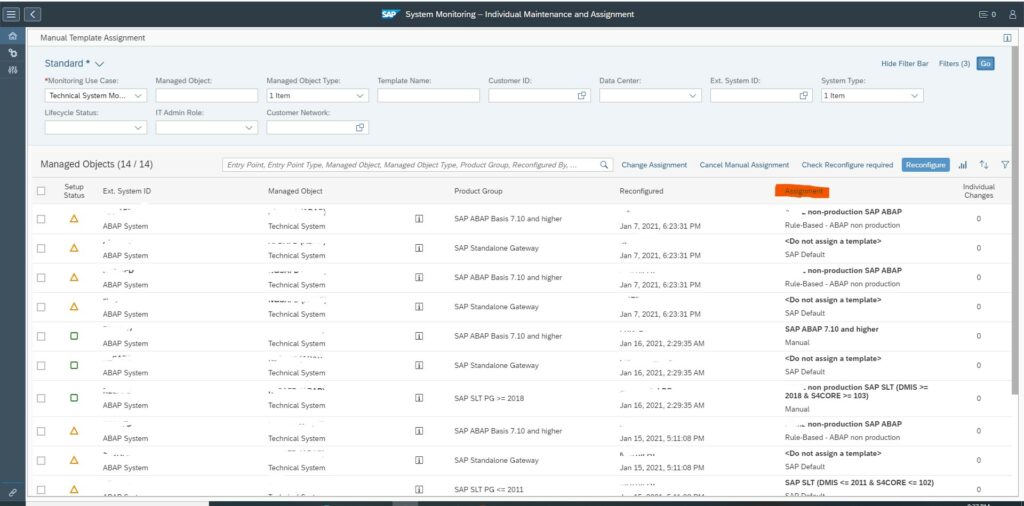This blog explains about the fine tuning of monitoring templates.
Questions that will be answered are:
- How to update the SAP content for templates?
- What is a good rule of thumb for the amount of templates to create and maintain?
- Should I transport the templates or maintain them locally?
- How to create your own template?
- How to fine tune a single metric?
- How to change the alerting settings of a metric?
- How to assign the template to a system?
- How to update the template of a system?
- Which tools can I use to perform fine tuning of alert thresholds?
- Can I perform a forecast based on the data?
- Can I perform a sensitivity analysis?
- Which installation activities are required to enable the forecast and sensitivity functions?
- How do I define rule bassed template assignments?
SAP content updates
As a starting point you use the SAP pre-delivered content. Also the SAP content gets updated. OSS note 3275006 – Manual content update for FRUN-CONT 400 in SAP Focused Run. is keeping track of the updates. It also explains where to download the content files.
Use program RCSU_MANUAL_UPLOAD to upload the downloaded content. Then use the FIORI tile Content management to activate the new content:
And update the content or see it is already up-to-date:
Before you start fine tuning your own templates, make sure the standard SAP content is up-to-date.
Amount of templates to fine tune
In principle it is up to you to generate as much templates as needed. Initially it seems a good idea to have many different templates. The setback is that fine tuning a specific metric that is valid for all templates, you need to repeat this action. Also when you have fine tuned a template, you need to update the attached systems.
A good starting point for fine tuning is to have 2 templates to start with:
- Template for productive system
- Template for non-productive system
The template for productive system can have more metrics activated with sharper thresholds for generating alerts.
The main goal for a non-productive template can be focused on system availability only.
For productive system you want to manage all aspects of a system including performance and all content exceptions.
Local maintenance or transport
The template maintenance can be done on a productive Focused Run system directly. Or you can choose to maintain the templates on a trial/test Focused Run system, test it there, and then transport it to the productive Focused Run system. The transport is the best approach that gives the most control.
Who should fine tune a template?
This is an organisational question. If you let everybody maintain the templates and metric content of the templates, you will quickly loose control. Best to limit the amount of people to maintain the template settings. Be careful when handing out template control to a service provider. They tend to change the thresholds to very high levels, so they get less alerts. In stead of solving the alerts….
Creation of own template
Open the template maintenance Fiori tile:
Select the template you want to fine tune. In this example we will fine tune the Technical System template for ABAP 7.10 and higher:
Press the Edit button and then the button Create Custom Template:
Give the template a good name. The most descriptive text must be at the beginning.
Fine tuning the template
Case 1: include or exclude in monitoring
Goto the metrics tab:
In the system monitoring you can switch on or off metrics. Press save after each change to save your setting changes.
Case 2: fine tune data selection
In the standard SAP delivery there is an alert for Number of long running Dialog Work Processes. Goto the Expert mode (button top rights), then select the tab data collection:
Go into edit mode via the Change Settings button, and you can update the field value in parameter value for WP_MIN_RUNTIME to your needs:
This is just an example. You can fine tune a lot of metrics in this way.
Case 3: fine tune threshold and alert settings
If you want to change the thresholds, first click on the expert mode button on the top right corner. Then press the Change setting button to edit the Threshold tab settings:
In this example we changed the type from Numeric (green/red) to Numeric (green/yellow/red) and we changed the values. The modified column indicates that we have changed a metric and
that the definition is different from the standard SAP one.
On the Alerts tab you can make changes to the alert settings:
You can change the following:
- If an alert is to be generated or not (Active means, alert is generated)
- Severity of the alert
- If an alert will be automatically confirmed when the system detects that the issue is solved
- If an automatic notification will be send or not
In the last tab Managed Objects you can see there are no systems assigned yet to the newly created template:
How to fine tune an alert in practice
In our example we will look at the Dialog Response Time metric. The current threshold for red alert is set to 5000 ms (5 seconds). The alert is triggered too often. But the question to answer now: what is a good threshold to set based on the historical data?
First click the Open metric in new window icon to enlarge the screen:
The enlarged screen now opens:
As you can see 2 times the red threshold was hit. We want to fine tune now. First select the calendar icon and select last 7 days to get full week overview:
You can use the forecast button to let the system create a forecast:
The forecast will now show mean, mean low and mean high forecast:
In this specific use case the prediction is that the maximum is 3300 ms (3.3 seconds).
Now open the statistics button to see the statistics and the recommended threshold tool button:
By changing the Sensitivity slider, the system will calculate different proposal for the alert threshold. In our case when we move sensitivity to 4 the new recommended threshold value is recalculated:
In this case it is 7669 ms.
So we now have collected following facts:
- Current threshold of 5 seconds is reached too often
- Average forecast based on history has a mean value of 3.3 seconds
- Performing the sensitivity analysis the threshold recommendation is about 7.7 seconds
Based on this data the red threshold is best to increase from 5 to 8 seconds to get a good alert function. It will not reach too soon, hence limiting false alerts, but it will still alert in time in case poor performance happens.
Enabling forecast and sensitivity analysis
The forecast and sensitivity analysis function use the Application Function Library (AFL) and SAP HANA Automated Predictive Library (APL). These must be installed separately. The installation details and post steps for granting permissions are described in the Focused Run master guide in the section “Predictive Analytics Setup – Metric Forecasting”.
After the installation you must activate and assign PFCG role SAP_FRN_APP_PAS_DISP to be able to see the buttons.
Assigning custom template to a system
To assign a new custom template to a system, goto the Individual maintenance Fiori tile:
Select the system and press the button Change assignment and assign the wanted new template:
Now press the button Reconfigure to effectuate the template change.
Automation of template assignments can be configured as well by using rules.
Template updates
If you have systems assigned to a template, and you have executed template changes, goto the tab Managed objects in the template maintenance screen:
Select the systems and press the Apply and Activate button. The system will apply the updated template now.
If you use transport mechanism for template updates: after transport import, you need to go to the updated templates, and still to the update assignment. This is not automatically done after the transport.
Compare templates
In the main screen of template maintenance you can select the button Compare to start the template comparison app. Select the templates to compare:
You now see the delta’s between the templates:
Creating custom metrics
Creation of custom metrics is possible to have metrics for your specific needs.
The setback of custom metric is that it needs to be created each time for each template. This is another reason to keep the amount of custom templates as low as possible.
Read all about custom metrics in this blog.
Rule Based Template Assignment
When we perform Simple System Integration (SSI) on a managed system , it automatically activates the SAP default monitoring template on the managed system. However, in most of the SAP Focused Run (FRUN) implementation scenarios, we create customer defined monitoring templates (Custom Templates), which we then manually assign/activate on the managed system.
Rule Based Template Assignment is a feature in FRUN by which we can define based on managed system category which custom monitoring template to be assigned and activated directly when we perform SSI on the managed system.
Defining Rule Based Template Assignment
For Rule Based Template Assignment navigate to the Fiori tile Individual Maintenance in the Advanced System Management section of Fiori launch-pad.
In the Individual Maintenance App navigate to the Rule Maintenance by clicking on the button as shown below.
In the Rule Rule Based Assignment Screen, on the left hand side panel, select the specific Managed Object type for which you want to define the Rule Based Template Assignment.
In this blog we take the example of defining a Rule Based Template Assignment for managed system of type SAP ABAP BASIS 7.10 and higher and specify the custom template for System Level monitoring template. So we select Technical Systems upon which the right side panel now gives a list of all product types. In the right side panel we scroll down and select SAP ABAP BASIS 7.10 and higher.
Now we need to define the Rule based on which the Custom Defined Template to be defined. In this blog we take the example that we have defined 2 custom templates one for Production Systems and one for Non Production Systems. So we will need to define rule to assign template based on filters System Type ABAP and IT Admin role defined in LMDB. For more information on this function read this blog.
In the subsequent screen select Maintain Rules.
In the Maintain Rule screen we select the following filters.
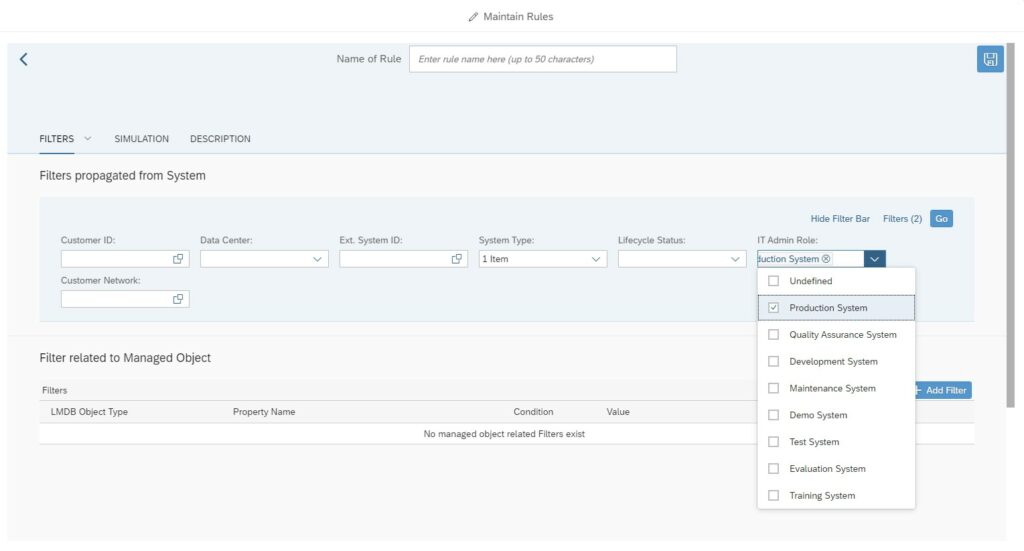
Name your Rule and Save.
Similarly you can create Rule ABAP Non production, just ensure to select the following IT Admin Roles.
Now back in the main screen select the Rule you created from the drop down.
And for Template select the custom template you want to select for the assignment.
Add the assignment.
Now click in “Continue with Next Step” button until you come to the Reconfiguration tab and then close. This will allow you to save your Rule Assignment.
Once you have assigned the ABAP Production and ABAP Non production rules in the main screen you will see the following assignments listed.
After the assignments done, the next time SSI performed on any ABAP system will take up the custom monitoring template as defined in these rules.
In Individual Maintenance system list you can also see whether current assignment is SAP default or Rule Based Template Assignment.
<< This blog was originally posted on SAP Focused Run Guru by Frank Umans and Manas Tripathy (Simac). Repost done with permission. >>

